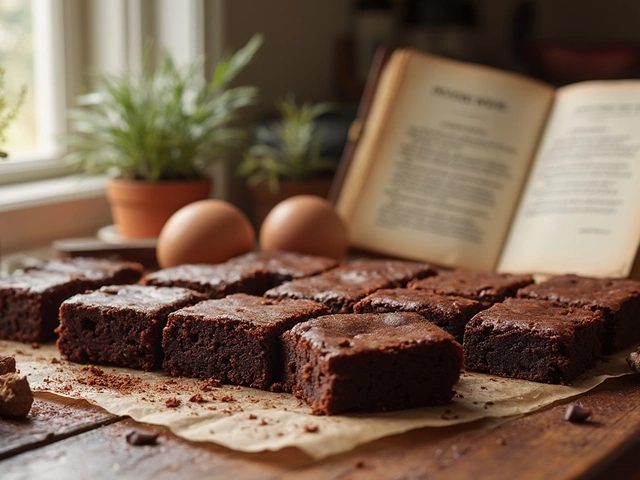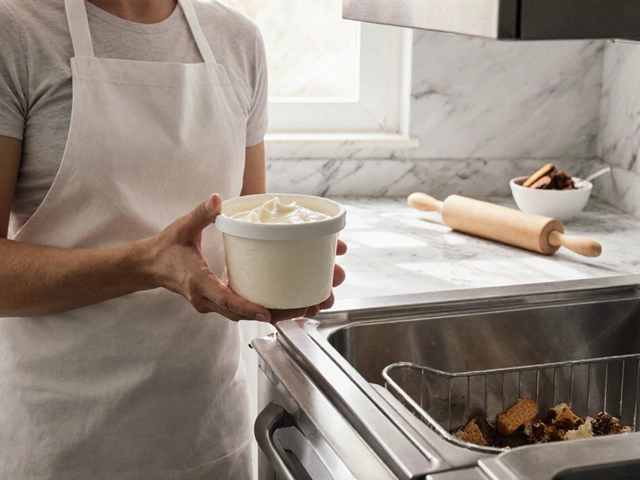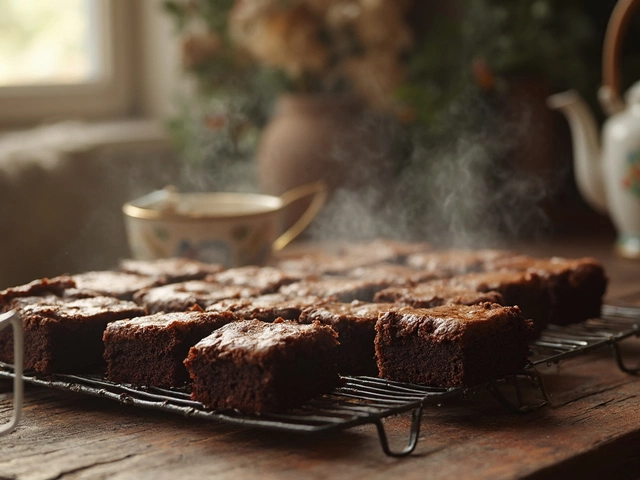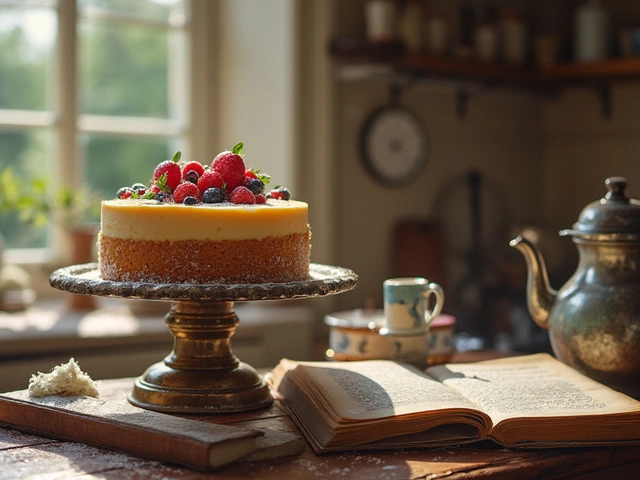Weather Effects on Baking: Practical Tips to Keep Your Treats Perfect
Ever noticed that the same brownie recipe turns out cakey on a rainy day and fudgy when it’s sunny? Weather isn’t just outside – it sneaks into your kitchen and messes with dough, batter, and frosting. Understanding the basics can save you from soggy cookies or collapsed cakes, even if the sky is blowing a gale.
Humidity and Moisture
High humidity adds extra water to the air, which can get absorbed by dry ingredients like flour and sugar. Your batter may become runny, and cookies will spread more than you expect. To combat this, add a tablespoon of extra flour per cup, or chill the dough for 20‑30 minutes before shaping. When it’s dry, flour can become too absorbent – sprinkle a little milk or water into the mix to keep the texture smooth.
Temperature and Oven Performance
Cold kitchens mean your oven takes longer to reach the set temperature, so baked goods often end up under‑cooked in the middle. Use an oven thermometer to verify the real heat and add 5‑10 minutes to the bake time if it’s consistently low. Conversely, a hot kitchen can cause ovens to overshoot, leading to burnt edges. Opening the oven door less often and rotating trays halfway through helps even out the heat.
Another tip: on very hot days, start your batter with chilled butter or even frozen fruit. The cold ingredients slow down the chemical reactions, preventing the batter from over‑spreading before the oven has a chance to set the structure.
If you’re dealing with wind or drafts, they can affect the rise of yeast breads. Place your dough in a spot shielded from direct drafts, like a turned‑off microwave or a closed oven with the light on. A consistent, mild warmth (around 75°F or 24°C) gives the best rise.
For frosting, humidity can cause sugar crystals to clump, turning smooth buttercream into a grainy mess. Keep your frosting in a sealed container and work on a cool day, or add a pinch of cornstarch to stabilize it. On a dry day, a splash of light cream can bring back that glossy finish.
Seasonal fruits also bring their own weather quirks. Fresh berries harvested after rain may be extra juicy, so reduce added liquid in the recipe. Dried fruits, on the other hand, can become tough in dry air – soak them briefly in warm water before using.
Finally, remember that low altitude (sea level) and high altitude (mountains) are weather‑related factors too. At higher elevations, flour is less dense, so you’ll need a bit more and less leavening. Small adjustments prevent cakes from falling flat.
By watching the forecast and tweaking a few simple steps, you can bake with confidence all year round. Weather might be unpredictable, but your desserts don’t have to be.






